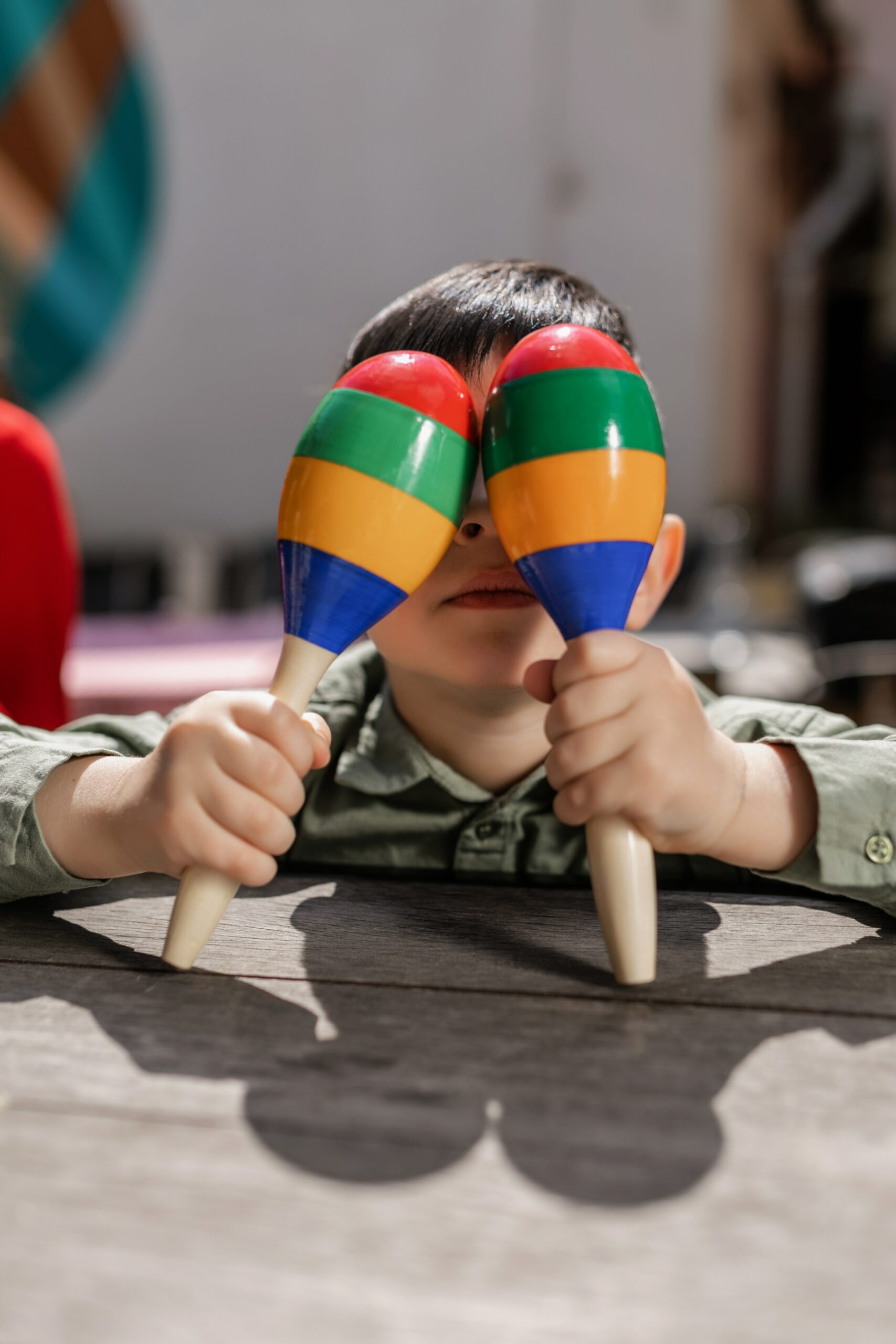Maracas also known as Rumba shakers, chac-chac, and rattles, and tamaracas are part of the percussion family. Originated in various places around the world: Central Chile, Pre-colonial Brazil, Puerto Rico, and West Africa. It is considered a “staple” in Latin music. It is said to have been invented somewhere around 500 BC.
How it’s played
The maracas create sound by someone holding the handle and shaking. Maracas belong to the sub-category, shaken idiophones. Usually played in pairs. It does not take that long to learn however practice is required to master it.
Musicians tend to play maracas with others in order to keep the beat. They tend to be found in Cuban music, Afro-Puerto Rican music, Orchestral music and rock and roll.




Who Invented it?
It is thought the maracas were originally used as rattles of divination by the Brazilian Tupinamba people. Used during healing rituals, to heal the sick.
How it’s made
Traditionally, these rattles were made by fastening gourds fitted into a handle. The pulp was taken out, holes made and filled with pebbles or beans, and then fitted to form a handle. Hair was sometimes used as a fastener and the tops were sometimes decorated with feathers.
They are traditionally made with calabash gourds or turtle shells and filled with beans, beads, or pebbles. Modern day maracas are made with leather, wood, or plastic.
Have a listen!
Learn more about John Santos
John Santos is a Grammary nominated percussionist and an expert in Afro-Latin music.

